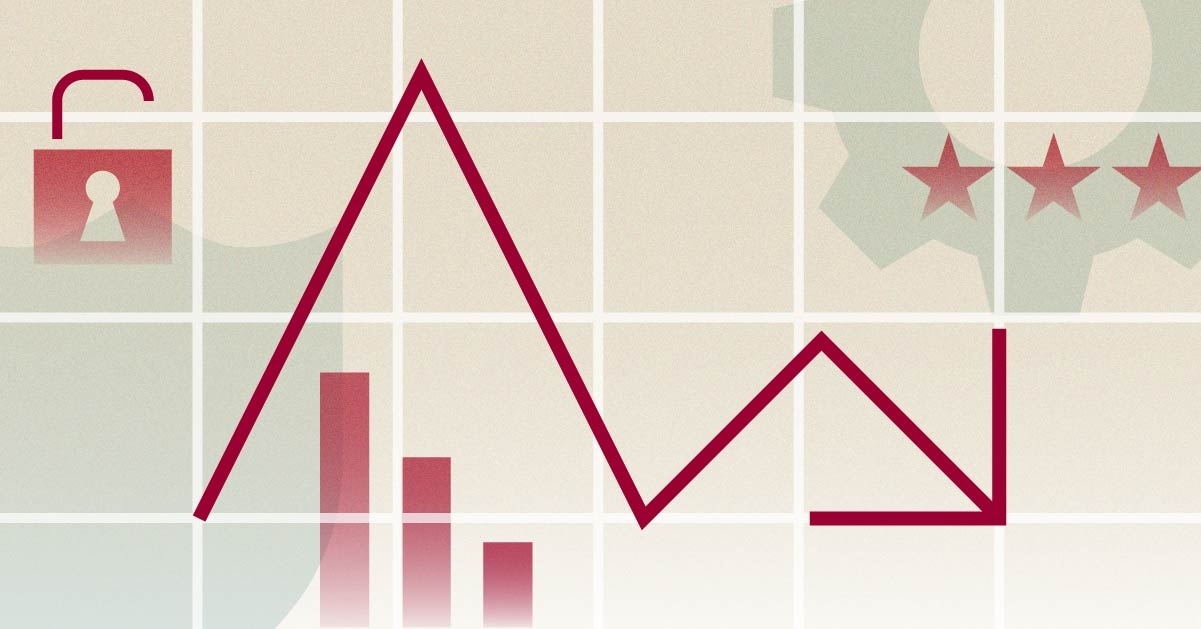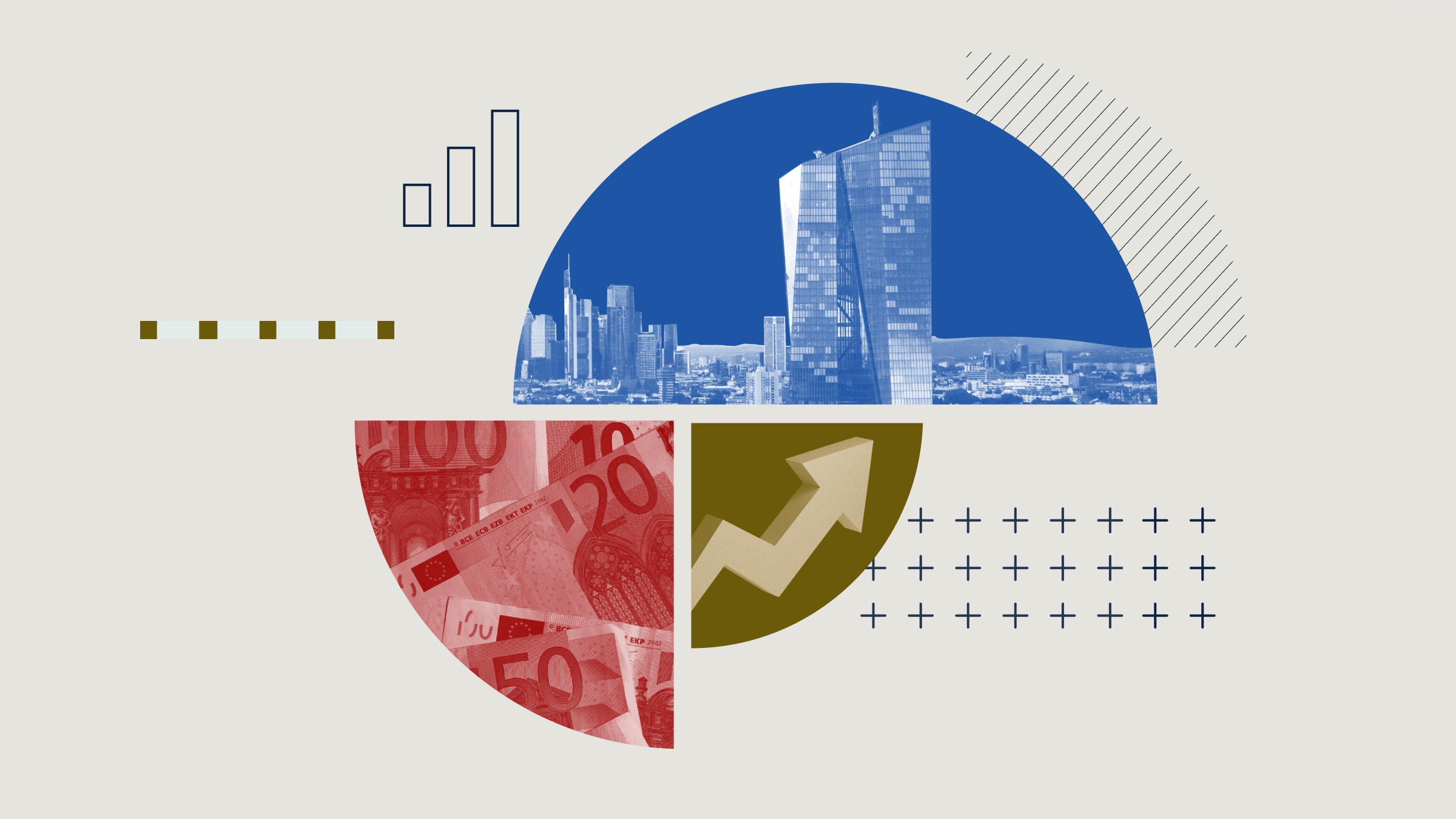Global equity investors are unlikely to lump such diverse economies as the US, Australia, Japan, Germany, Italy, or other European countries into one basket. Yet many investors have often viewed emerging markets as a homogeneous asset class, despite the substantial economic, political, and geographic differences.
In the six years preceding the global financial crisis, the MSCI Emerging Markets Index had a 29% annualised return, in dollar terms, compared to almost 20% for global developed markets. Remarkably, only two emerging markets had annualised returns below 20%, with 17 of the 25 markets in the index posting annualised gains exceeding 30%. In contrast, in the subsequent six-year period, emerging markets had an annualised return of -0.9%, compared to 3% for developed markets. Only half of the emerging markets managed positive returns.
However, the tide may be turning this year, with investors showing more selectivity after last year’s broad, indiscriminate sell-off. India and Indonesia, spurred by hopes new political leadership will bring renewed economic growth, and the Philippines gained more than 20% in the first half. Meanwhile, several other markets – including Russia, China, Chile, and Mexico – continued to struggle.
Importantly, the market’s tendency to lump emerging markets together creates a great opportunity. While corporate earnings growth in aggregate in the emerging world has slowed since the peak in 2011, what seems to be overlooked is that this was largely driven by Latin America, the most materials-intensive part of the emerging world. At the same time, earnings in emerging Asia reached an all-time high last year.
In fact, emerging market earnings overall have fully recovered from levels preceding the global financial crisis, along with those in the US. Earnings in Europe and Japan remain well below pre-crisis levels.
Valuations have generally moved up from the trough reached last year, but there are still parts of the emerging world where negative sentiment has driven valuations to levels out of sync with the superior fundamentals and return potential.
India
For all the gnashing of teeth about India last year, it has grown at a 5% rate the past two years. The country has a young population, low GDP per capita, tremendous upcoming growth in the labour force, rising urbanisation and middle class, as well as dynamic new growth sectors. Its significantly underbuilt infrastructure also poses both a challenge and opportunity.
The recent election of Narendra Modi offers the potential for a more growth and business-oriented government. India has its economic and political challenges, but it has the potential to replicate what China achieved over the last 20 years.
Philippines and Indonesia
The stars are also aligned in the well-run economy of the Philippines, which has a balance of payments surplus and moderate inflation.
Indonesia has some materials and energy exposure, but not nearly on the magnitude of Brazil and South Africa. With demographics, infrastructure development, and low GDP per capita in its favour – the economy should grow at a 5% to 6% rate, or potentially even greater. The country is moving in the right direction, and new political leadership could be a catalyst.
Turkey
Turkey was labelled as one of the ‘Fragile Five’ in 2013, but the policy steps the country implemented last year have been handsomely rewarded this year. The country has a robust long-term economic outlook, with very favourable demographics.
While there is near-term political uncertainty, valuations should rerate higher once it is resolved. Turkey’s flexible economy, strong government balance sheet, growing population, and labour participation suggest its growth should remain high.
Nigeria
Among frontier markets, Nigeria has its challenges, but it is the largest and fastest-growing economy in Africa with more than 170 million people. Nigeria has cleaned up its banking system, and the non-oil parts of its economy – agriculture, services, and industrials – have had robust growth.
Yes, there is political risk in Nigeria, but it is a small part of a global portfolio. If the political leadership improves, there is much to like.
China and Brazil
We are also opportunistic in taking advantage of compelling individual valuation situations in otherwise less attractive economies, such as Brazil and China. For example, we have longstanding investments in well-managed Chinese consumer internet companies. We also recently added a homebuilder, an insurance company, and a bank depressed by concerns of a property bubble and leverage in the financial system.
In Brazil, economic growth is sluggish compared to other emerging markets. However, similar to the US, the people have a predilection to shop, so shopping malls are a fertile area. One of our holdings has nearly twice the growth of shopping mall companies in the developed world, with considerably lower valuation. If inflation spikes in Brazil, as some fear, shopping mall operators will actually benefit from that.




























